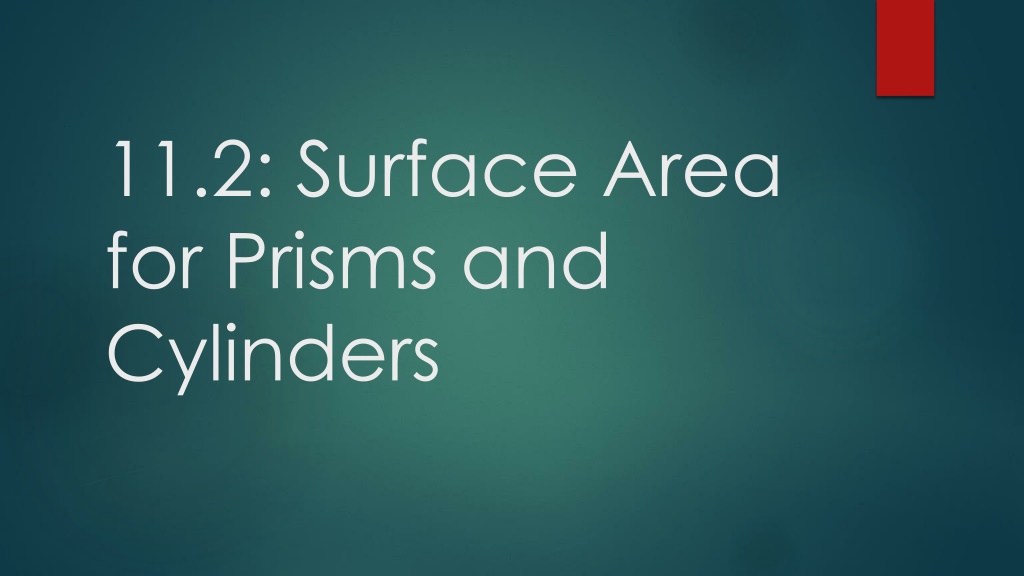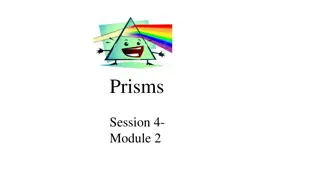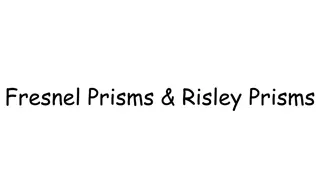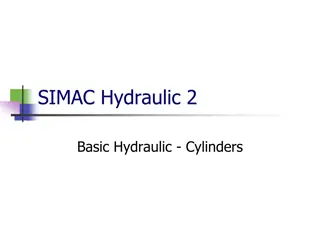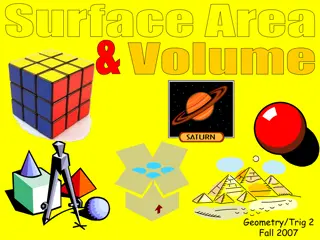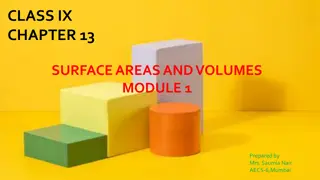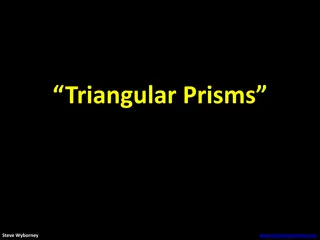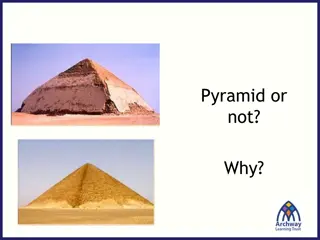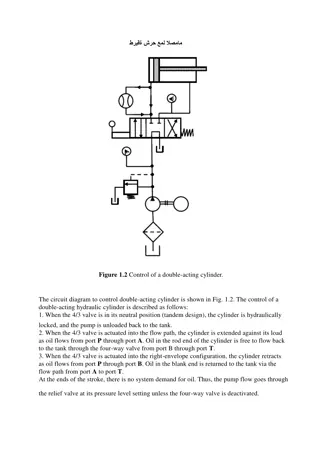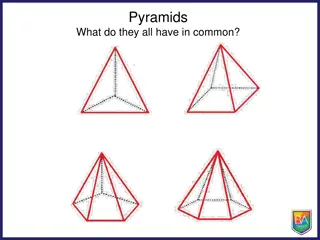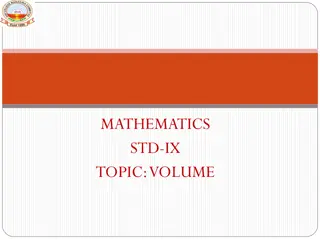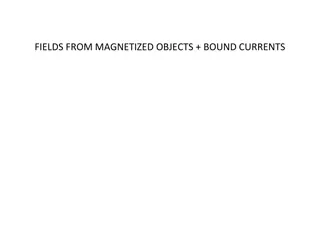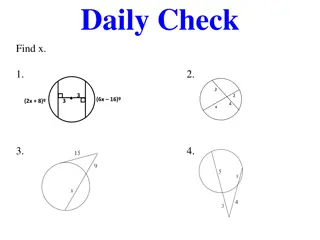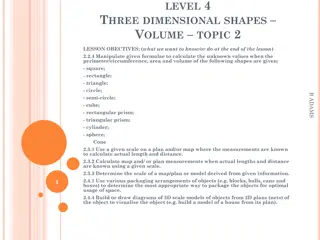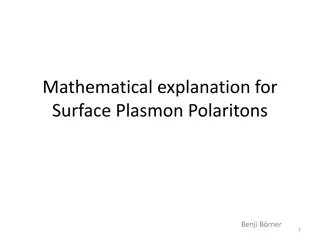Surface Area and Volume of Prisms and Cylinders
Concepts of surface area and volume for prisms and cylinders. Learn how to calculate the surface area and volume of rectangular prisms, triangular prisms, and cylinders through detailed examples and visual aids. Understand the formulas and methodologies involved in finding these key measurements in geometry.
Download Presentation

Please find below an Image/Link to download the presentation.
The content on the website is provided AS IS for your information and personal use only. It may not be sold, licensed, or shared on other websites without obtaining consent from the author.If you encounter any issues during the download, it is possible that the publisher has removed the file from their server.
You are allowed to download the files provided on this website for personal or commercial use, subject to the condition that they are used lawfully. All files are the property of their respective owners.
The content on the website is provided AS IS for your information and personal use only. It may not be sold, licensed, or shared on other websites without obtaining consent from the author.
E N D
Presentation Transcript
11.2: Surface Area for Prisms and Cylinders
A prism has two types of sides: bases, which are the congruent and parallel faces, and lateral faces, which are the rest of the sides. The lateral area of a prism is the area of all the lateral faces. The surface area of a prism is equal to the lateral area plus the area of the bases .
Find the surface area of the rectangular prism
Find the surface area of the triangular prism
The radius of the base of a cylinder is 4 inches, and its height is 6 inches. What is the surface area of the cylinder?
11.4: Volume for Prisms and Cylinders
Homework Surface area and volume worksheet
